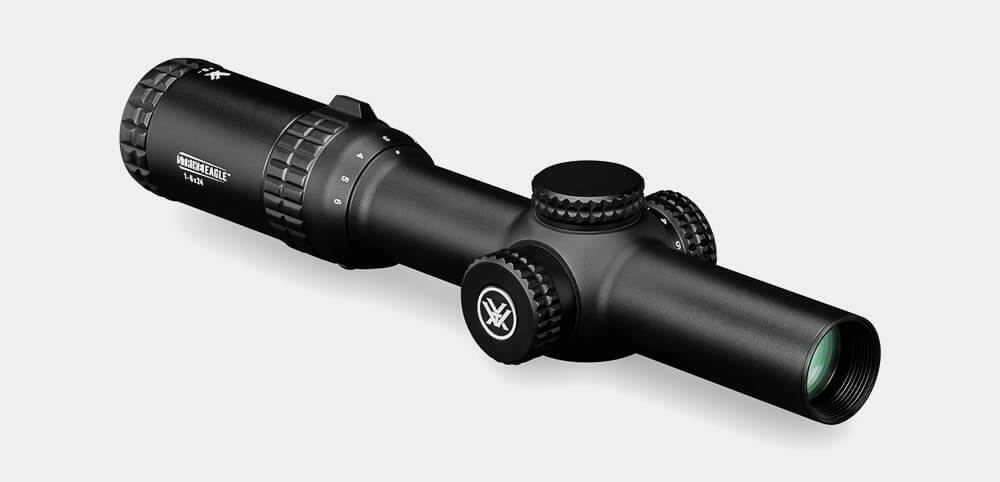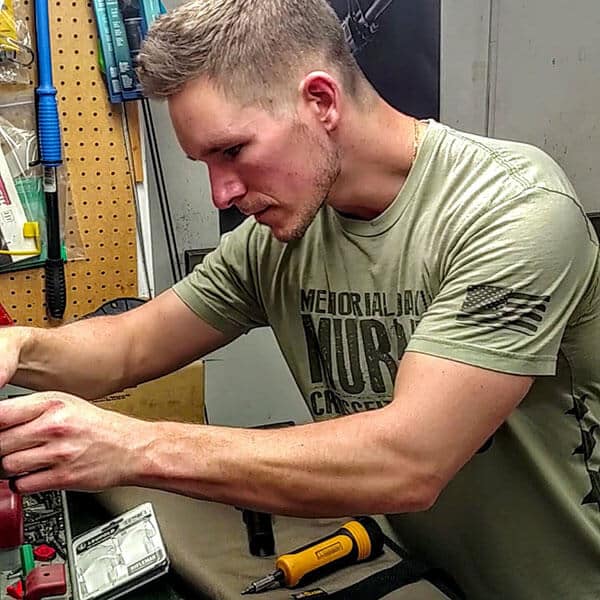Do You Need a Rifle Scope?
October 21st, 2019
4 minute read
Editor’s Note: This is part three of a three-part series on sighting options for your rifle. The first entry covered iron sights, the second part touched on red dots and this third part addresses rifle scopes. Be sure to read all three parts to get the full story.
In previous weeks we discussed the merits of utilizing and understanding the practicality of iron sights as well as when red dot sights can improve speed and awareness and be beneficial to those of us with less than perfect vision.
That now brings us to the topic of rifle scopes with magnification. There is a novelty in being able to push one’s shooting prowess to its limits and see exactly how far you can connect on a shot. Simultaneously, you don’t want a rifle scope on an all-purpose carbine that is so overmatched for your target that close quarter targets become unfeasible to engage.
There is a certain balance that must be achieved in magnification, weight and other ancillary features to accomplish the mission at hand. In the third part of this series on carbine sighting systems, we will now cover the pros and cons of rifle scopes on your modern sporting rifle.
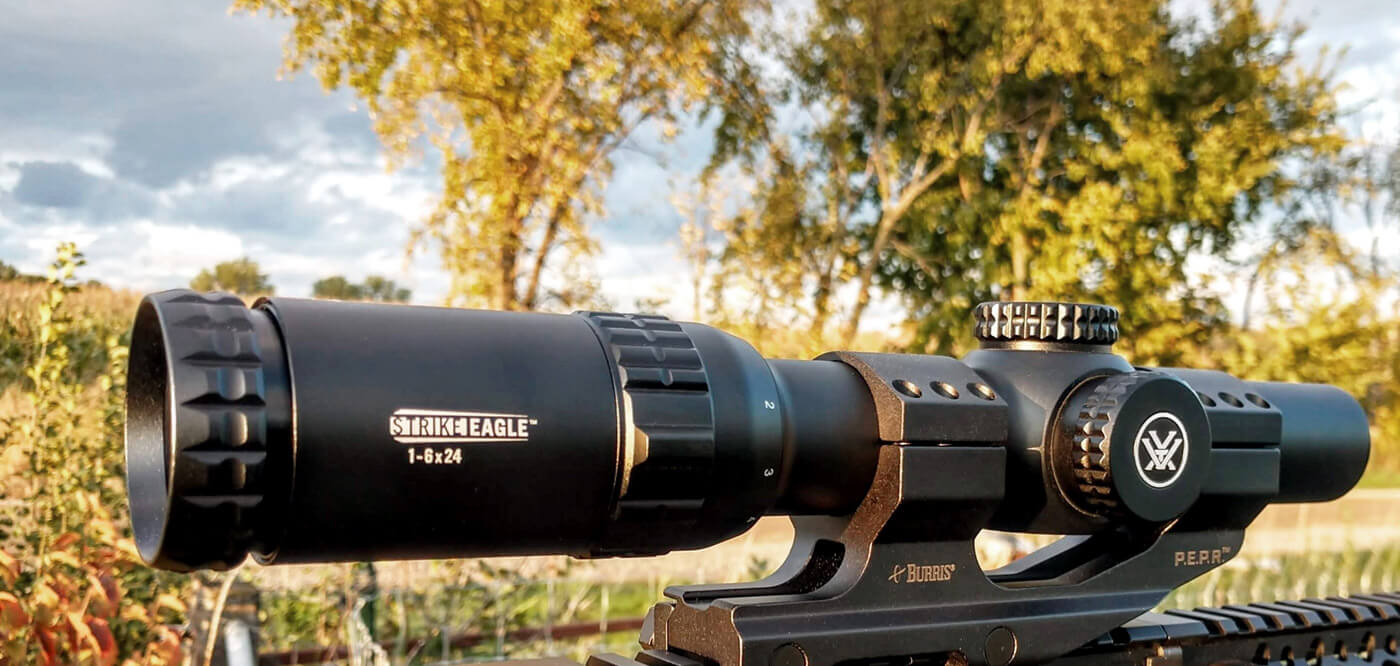
Realistic Goals
With most people’s modern sporting rifles being chambered in .223 Rem/5.56mm NATO, your effective range is roughly 600 yards (without deep-diving into reloading your own ammunition and some other wizardry performed on your firearm). Understanding this is essentially the practical limit of the cartridge, you then need to ask yourself how far you are actually going to shoot.
Secondly, how close do you want to shoot? If you top off your rifle with a titan of a scope you may not be able to engage anything quickly under 100 yards. Conversely, if the magnification of your rifle scope is too weak, how comfortable are you shooting long distances with low magnification? Identifying your working range, or the distances you intend to engage targets, will lead you to what magnification your rifle scope should be.
My answer to that proposed question was potentially 300 yards at a maximum and possibly 10 yards at a minimum. Sounds nearly too close and too far at the same time, right? Well, there are a bevy of rifle scope manufacturers who make optics that could amply cover that range of distance. With a rifle scope that is 1-4X, 1-6X or 1-8X, you have the ability to shoot both near and far while not adding significant weight to your weapon platform.
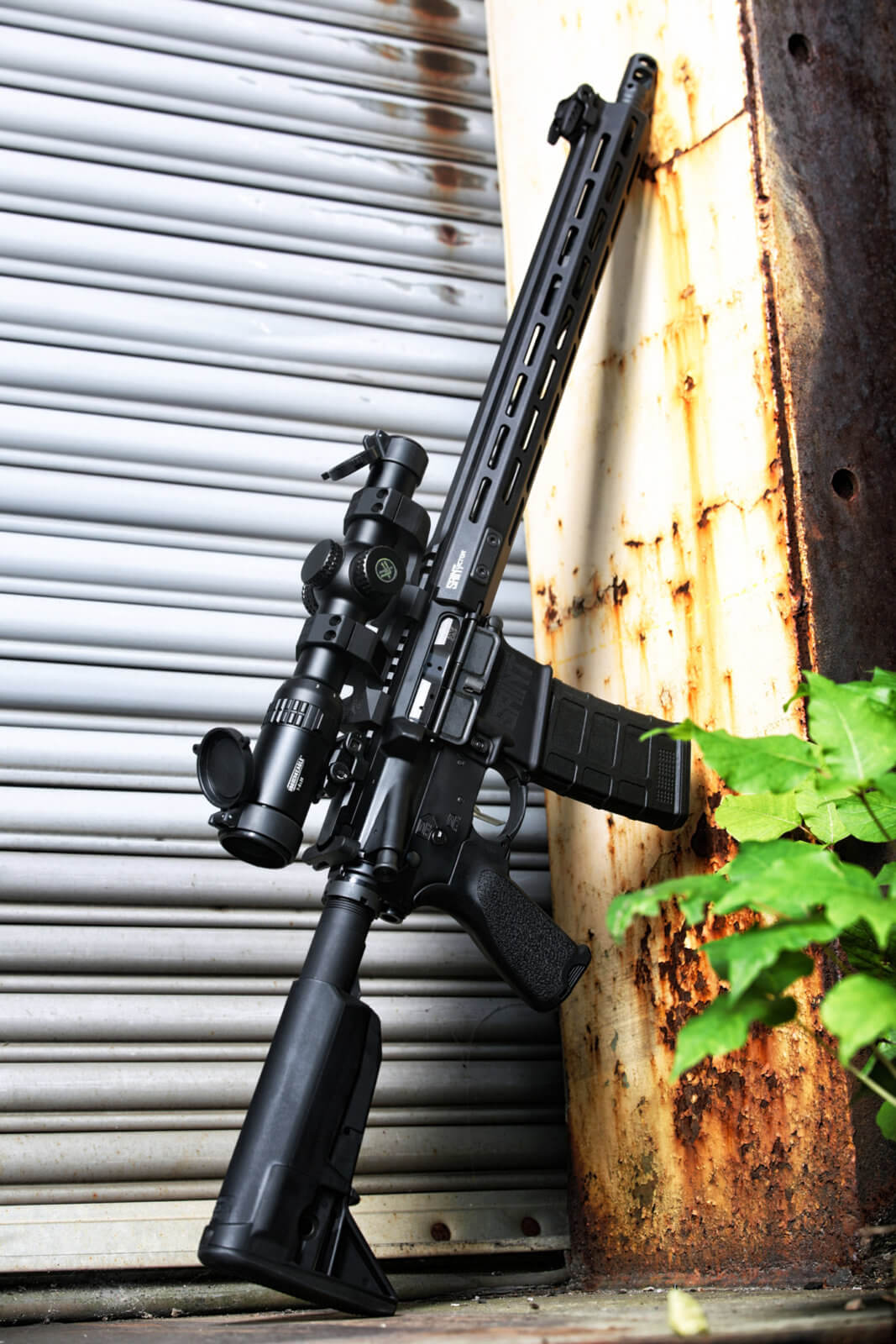
Real-World Applications
With a rifle scope that can be dialed down to 1X or essentially no magnification, you have the ability to do the work iron sights or a red dot can accomplish. This affords the shooter a greater field of view and better awareness of their surroundings. This can be exceedingly valuable for defense or hunting situations. Also, many rifle scopes offer the feature of lit reticles so your optic could truly do the work of a red dot in close quarters. If you add an optic to your gun, make sure you read The Armory Life article on sighting in a rifle.
Nevertheless, you can always add a red dot to a rifle that already has a LPVO scope on it. Products like the Valhalla Tactical Hanger allow you to use a broad number of red dot sights while keeping your rifle scope in place for precision shots.
At the same time, you can spike your magnification up to potentially 6X or 8X to engage long-distance targets as well. This makes that example of a 300-yard shot more feasible without sacrificing your ability to shoot something a stone’s throw away in front of you. While some of your friends might boast of their ability to shoot far with little magnification, it is better to make your shots as easy as possible instead of tight-rope walking the limit of your abilities behind a rifle.
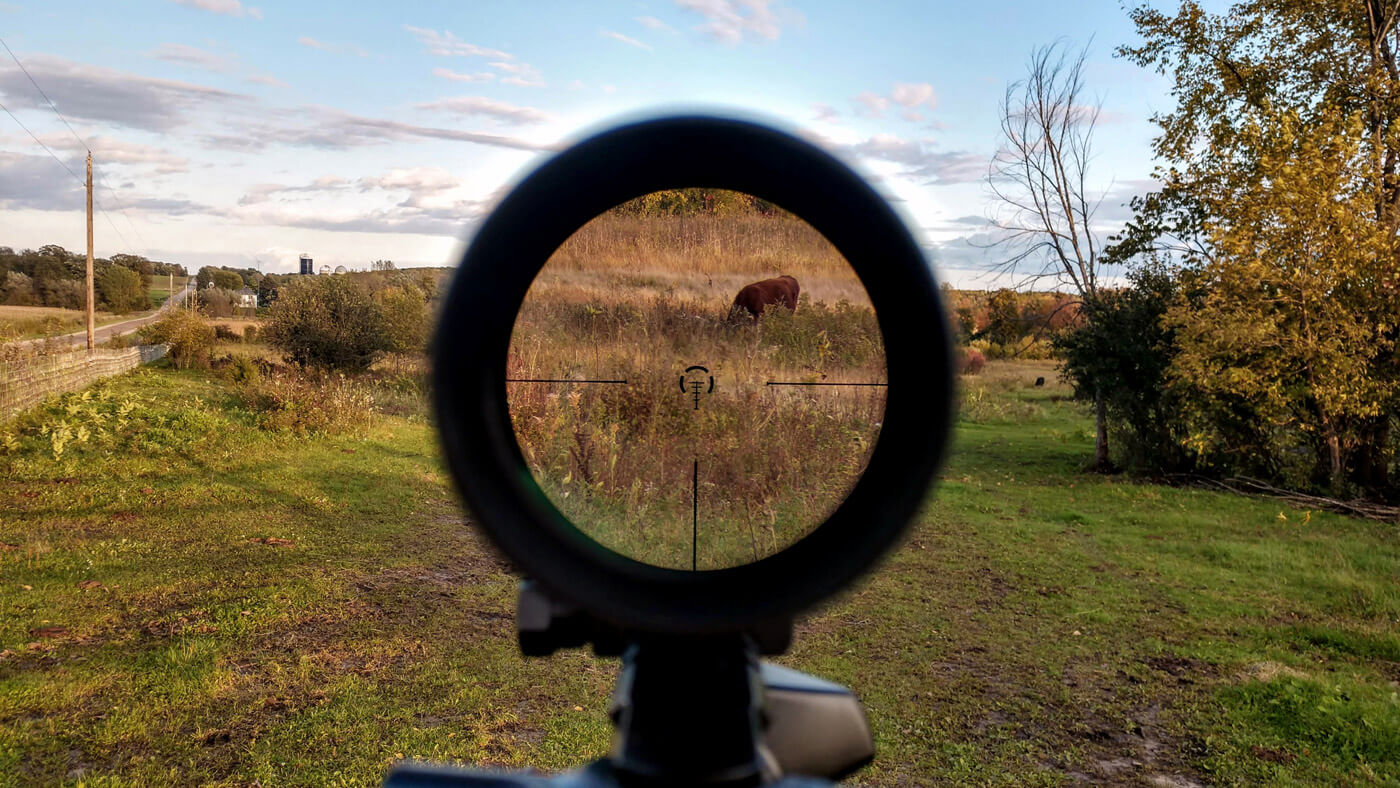
Practical Considerations
Another consideration aside from the magnification of your optic is the size and weight. Most modern sporting rifles are viewed as mobile firearms — something someone can easily carry or sling over their shoulder. At a weight of roughly 6 lbs., it really diminishes the mobility of your firearm if you tack on a gawdy 4-lb. rifle scope. While it might appear cool for social media and your range buddies, it will fail a “practicality test.”
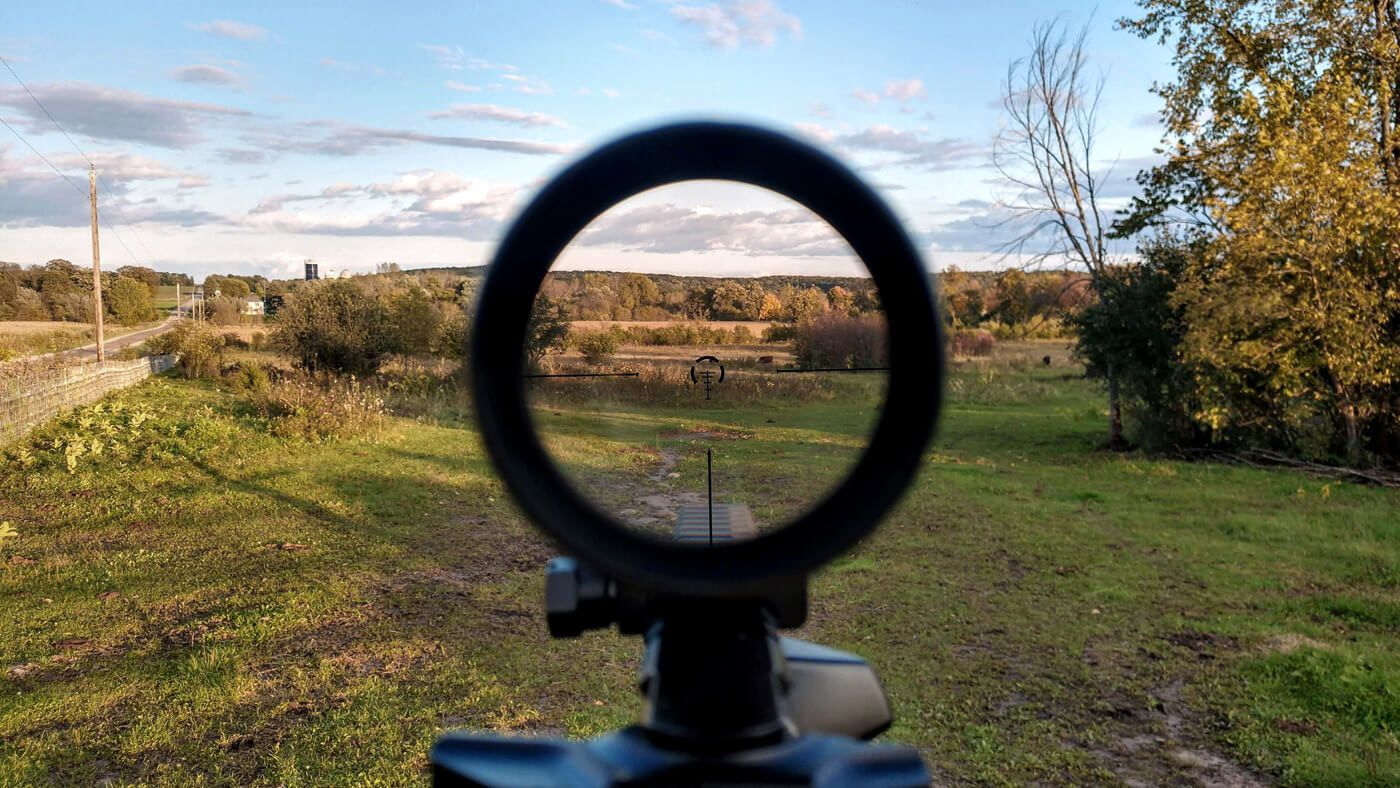
So, if you have an AR-15 in your stable like a SAINT and want to turn it into more of a workhorse, a rifle scope can add a lot of value! If you believe a scope will be too overpowering or will ruin your chance of close-up shots, think again. A well-chosen rifle scope has the potential to give you the benefits of iron sights, a red dot and magnification all in one.
The only thing that might deter some people is the price that comes along with it. Good rifle scopes can start around $200 and easily exceed $2,000 fairly quickly. As mentioned earlier, it’s all about finding that balance of what you wish to accomplish and what will get you there. Be safe out there, and happy shooting!
Read part one: Why You Need Iron Sights
Read part two: When You Need a Red Dot
Join the Discussion
Featured in this article
Continue Reading
Did you enjoy this article?

 142
142




